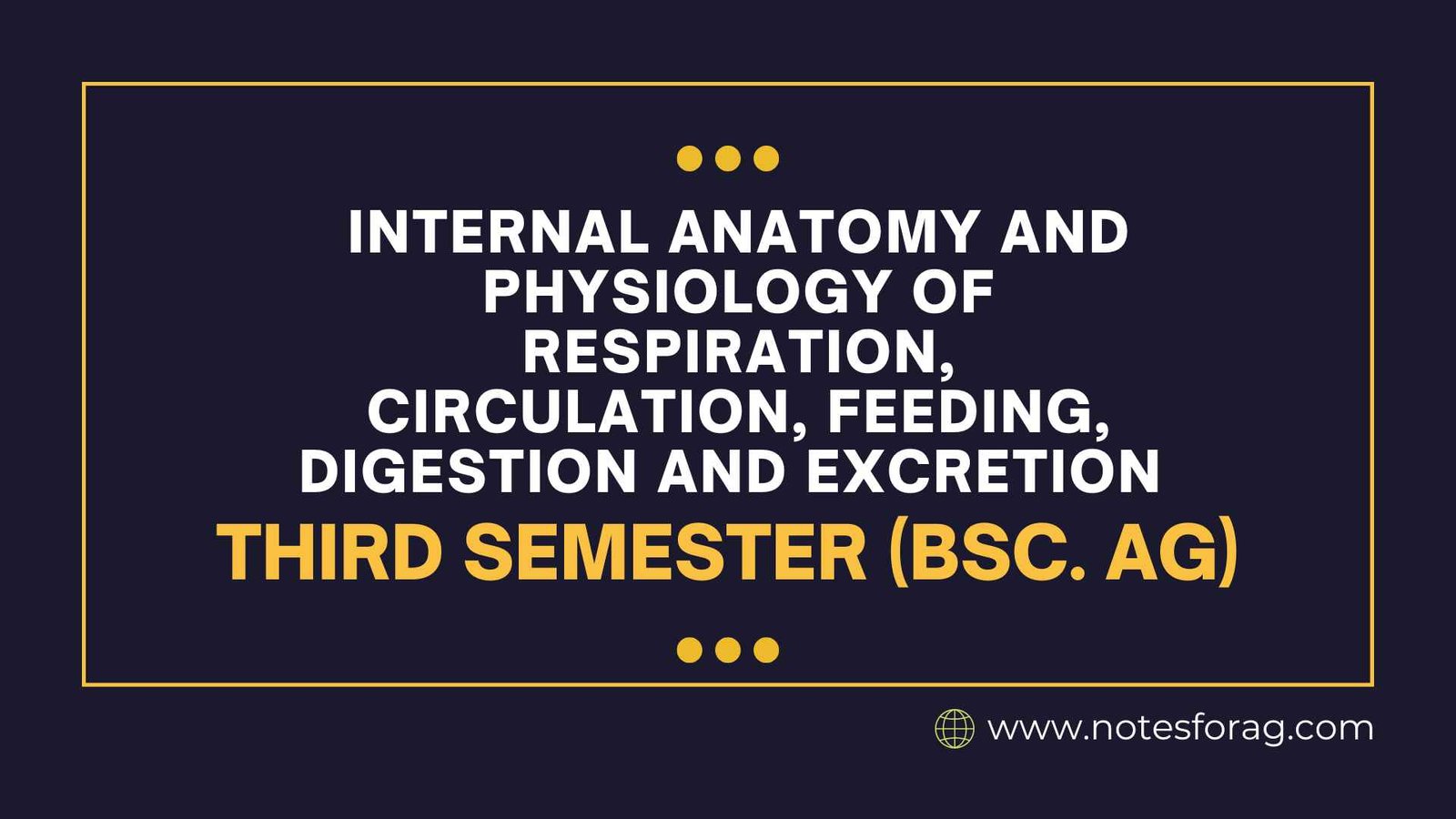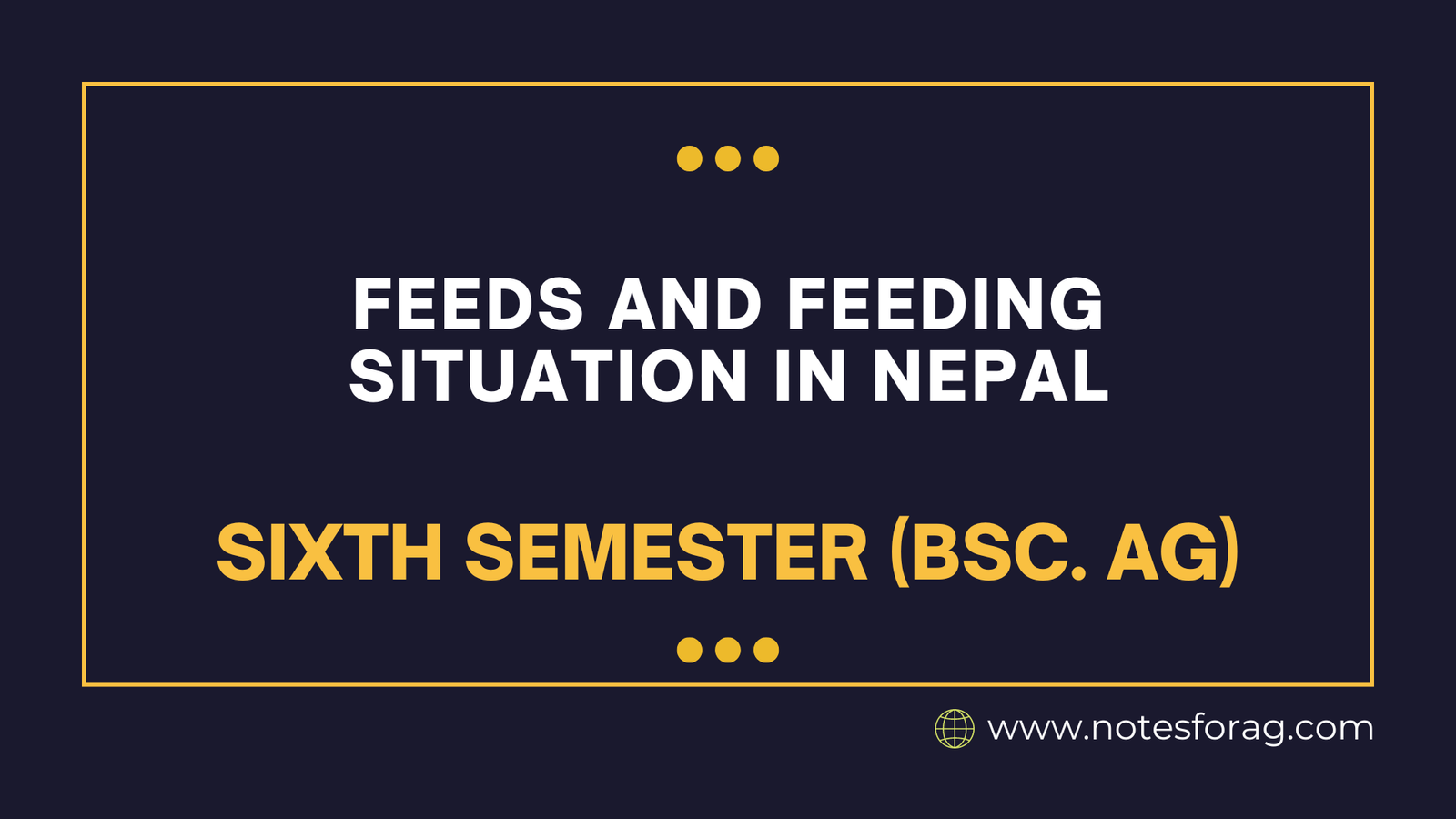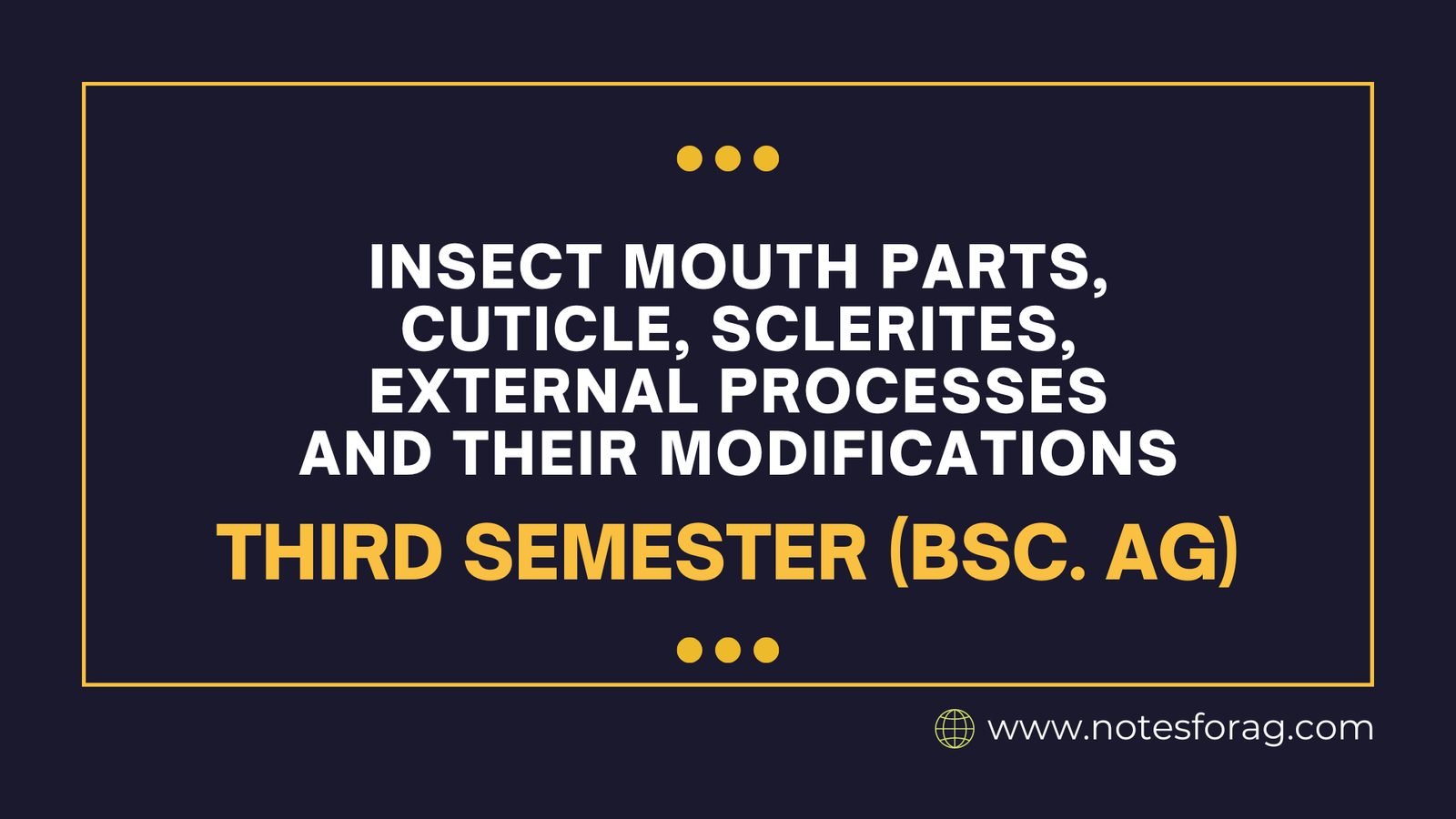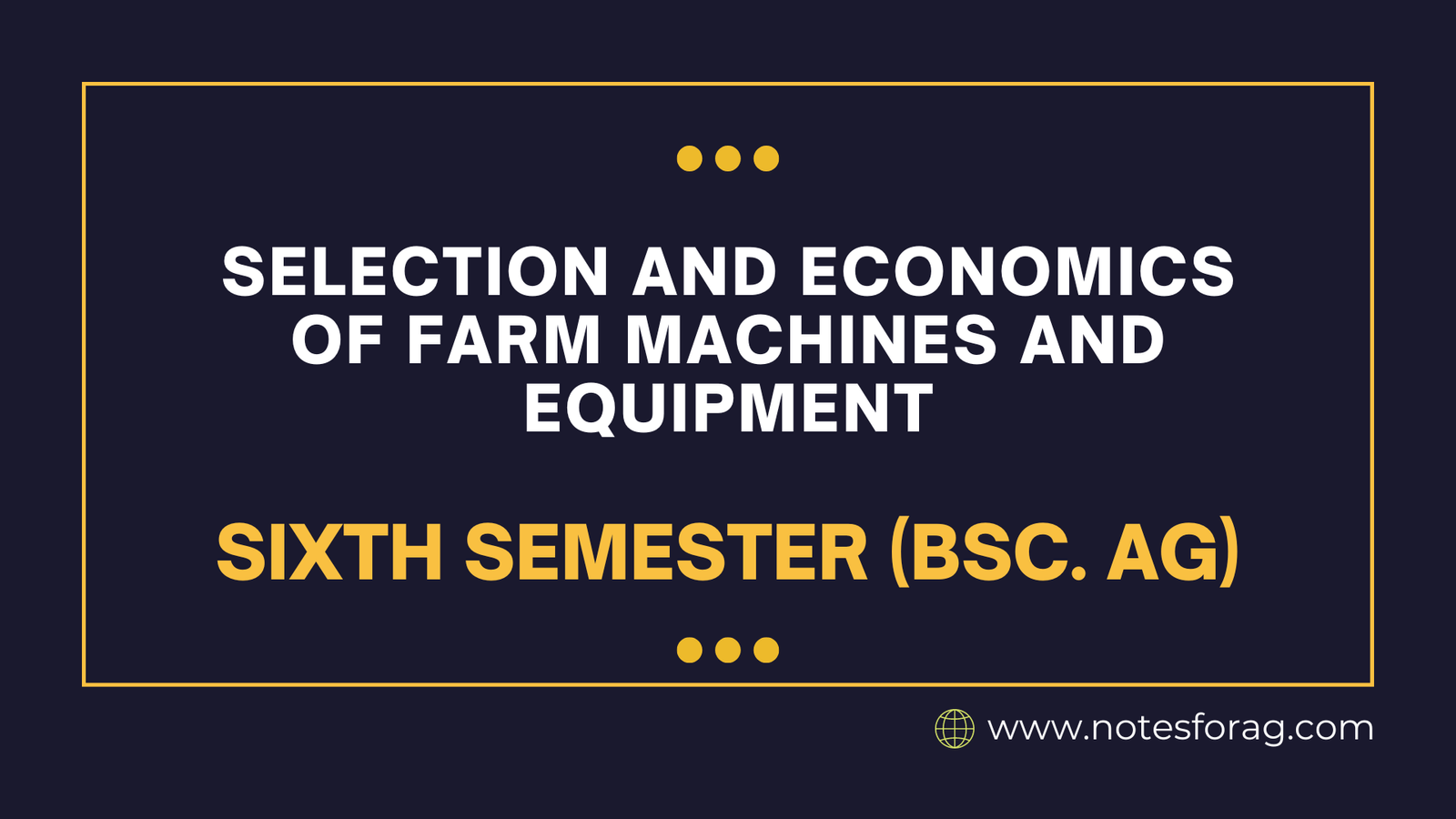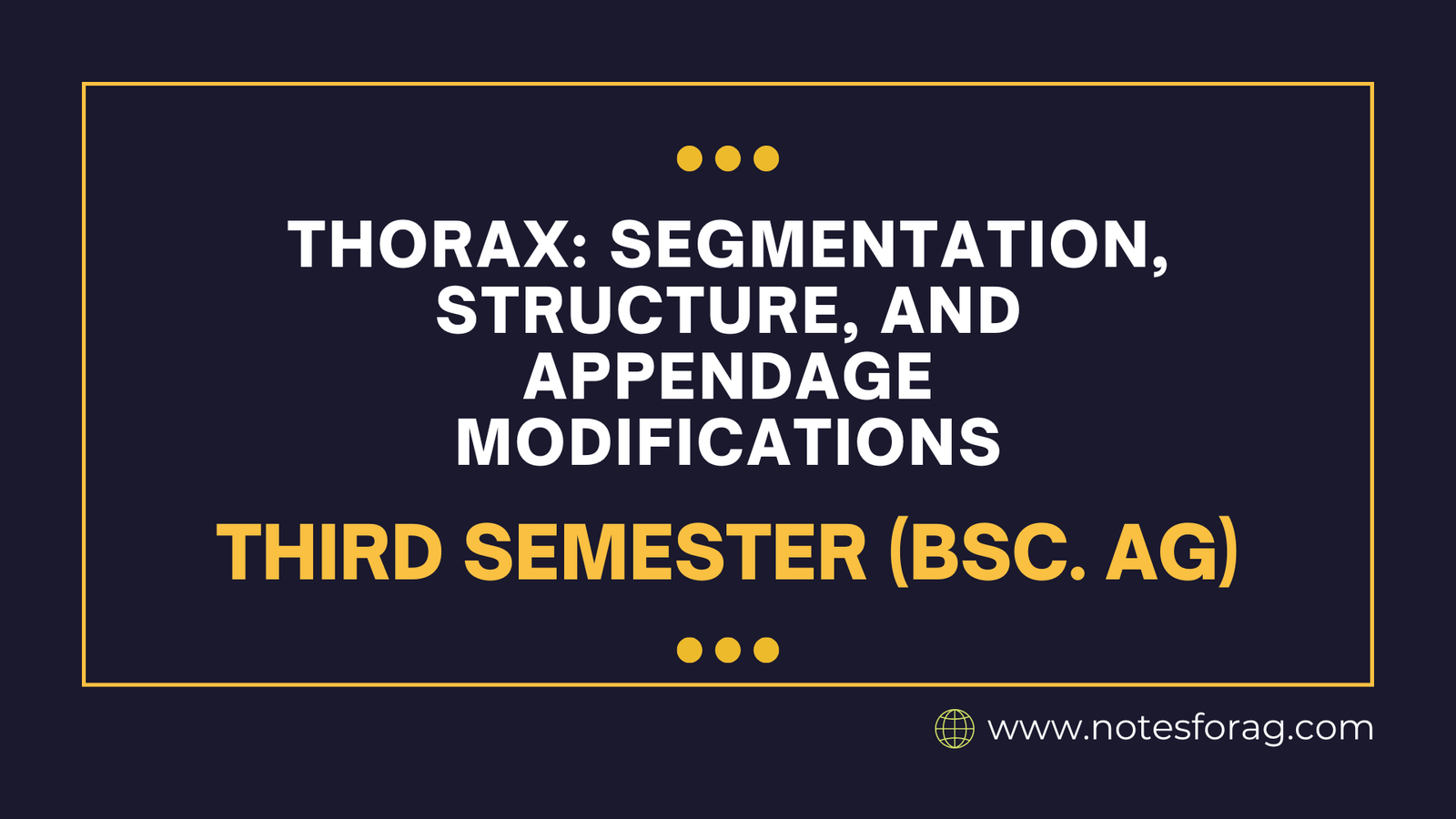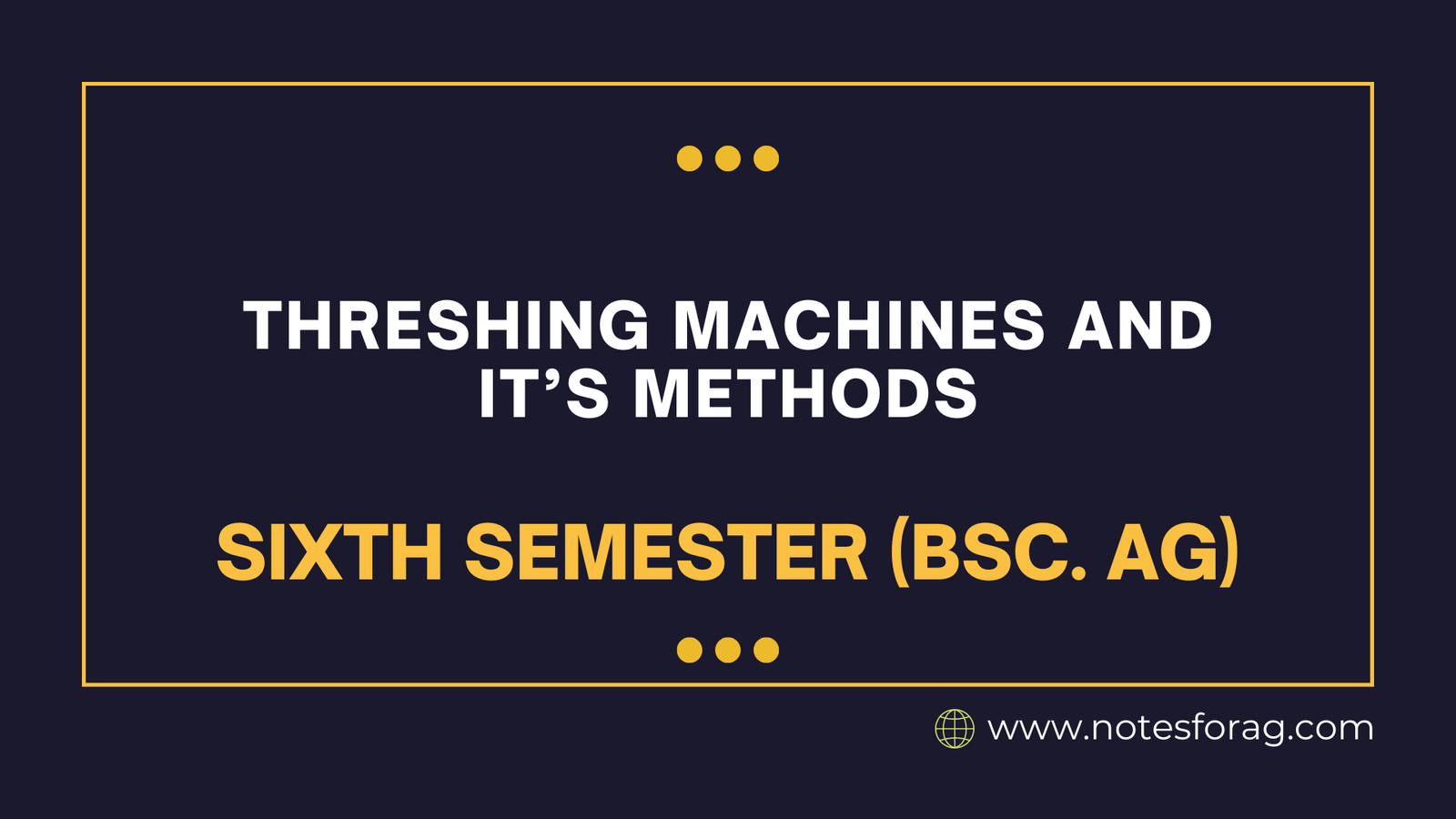Introduction to life cycles and life-history
A life cycles describes the stages that an organism goes through from birth to reproduction and death, including growth and maturation. Life-history refers to an organism’s methods for allocating resources such as time and energy for survival, development, and reproduction, which are impacted by environmental and evolutionary factors. Life cycles and life-history features, such as … Read more



